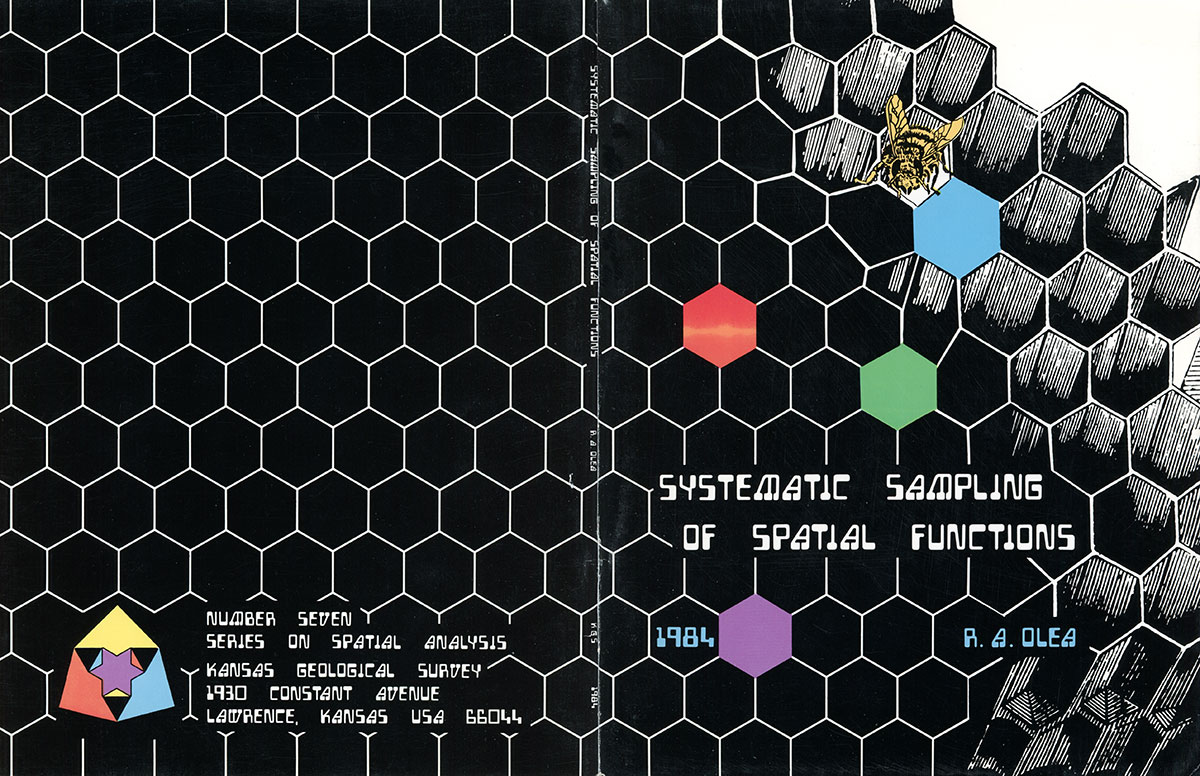
Kansas Geological Survey, Spatial Analysis Series 7, originally published in 1984

Originally published in 1984 as Kansas Geological Survey Spatial Analysis Series 7. This is, in general, the original text as published.
A procedure is presented to minimize the number of samples required to estimate a spatial function at a specified level of accuracy. The technique is based on universal kriging, which is an estimation method derived from the theory of regionalized variables. Statistical characteristics of spatial functions, such as spatial continuity, statistical dependence among closely spaced sample elements, and the practical impossibility of making error-free estimates, are explicitly considered in the method. Universal kriging is used to compute the average standard error and maximum standard error of the estimates over the sampling domain; these are used as indices of sampling efficiency. The procedure optimally selects the factors controlling the magnitude of the indices, such as the density and spatial pattern of the sample elements, and the number of nearest sample elements to be used in estimation. As a demonstration, the network of observation wells used to monitor the water table in the Equus Beds of Kansas is enhanced. This example illustrates the ease and convenience of the procedure, which can be used equally well to design sampling programs for other spatial variables, as the procedure is not limited by the physical nature of the function.
Kansas Geological Survey
Placed on web Jan. 16, 2019; originally published 1984.
Comments to webadmin@kgs.ku.edu
The URL for this page is http://www.kgs.ku.edu/Publications/Bulletins/SpA7/index.html